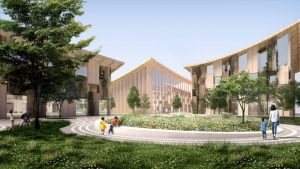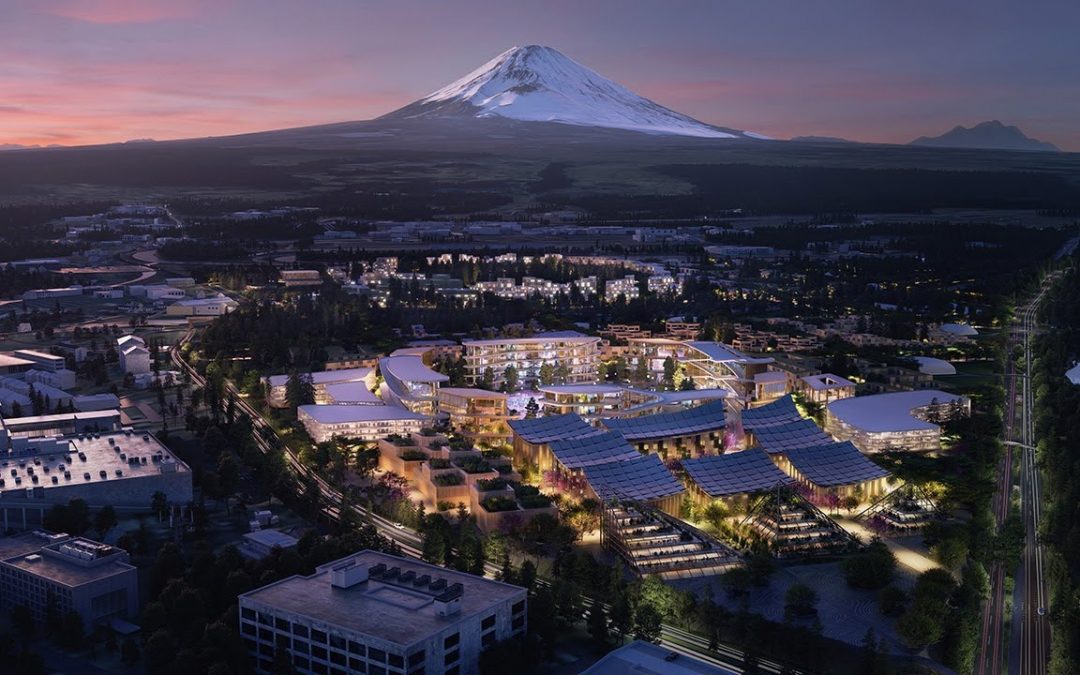Introduction
A smart city is the re-development of an area or city using information and communication technologies (ICT) to enhance the performance and quality of urban services such as energy, connectivity, transportation, utilities and others.
A smart city is developed when ‘smart’ technologies are deployed to change the nature and economics of the surrounding infrastructure.
According to Gemalto, a smart city is best described as a framework and a big part of the ICT is an intelligent network of connected objects and machines that transmit data using wireless technology and the cloud.
Toyota is building a Smart City to test AI, robots and self-driving cars
Toyota has unveiled plans for a 2,000-person “city of the future,” where it will test autonomous vehicles, smart technology and robot-assisted living.
Toyota Motor Corp. and Nippon Telegraph and Telephone Corp., Japan’s auto and telecommunications giants, formed a capital tie-up Tuesday to build energy-efficient “smart cities” where autonomous vehicles transport residents.
The two firms, which have been developing “connected cars” equipped with advanced telecommunication systems since 2017, deepened their partnership into mutual shareholdings, with each investing around 200 billion yen ($1.8 billion) by purchasing each other’s treasury stocks.
Toyota said it will start the smart city project at a 175-acre site at the foot of Mt. Fuji in Susono, Shizuoka Prefecture, after closing its plant there at the end of this year.
Toyota has said only fully autonomous, zero-emission vehicles are allowed to travel on main streets in the envisioned smart city where around 2,000 residents have in-home robotics to assist their daily lives.

The city’s architecture is being led by Danish designer, Bjarke Ingels, whose firm has previously lent design services to high-profile projects like Google’s Mountain View and London headquarters, New York’s World Trade Centers, and Dubai’s Mars simulation city.
So why do we need Smart Cities?

The world’s population is continually growing, and urbanisation is expected to add another 2.5 billion people to cities over the next three decades, according to Gemalto.
Already, the increase in the human population is leading to overcrowding in mega-cities around the world such as New York, Tokyo and London.
The UK Department of Transport reported that Britain is one of the most congested countries in the world, and in London alone there were 5.4 percent more passengers than the capacity during morning rush-hour periods in 2017.
“Building a complete city from the ground up, even on a small scale like this, is a unique opportunity to develop future technologies, including a digital operating system for the city’s infrastructure,” said Toyota CEO Akio Toyoda.
The ambitious project, dubbed Woven City, is set to break ground next year in the foothills of Japan’s Mount Fuji, about 60 miles from Tokyo.
How can Estio Training help with your Cyber Security
To learn more about how Estio can support your business with developing Cyber Security skills, please take a look at our Cyber Security Technologist apprenticeship. To read more industry insights please take a closer look at our articles relating to the Cyber Security industry
Toyota’s Smart City Envisioned.
To find out more about Toyota’s Smart City please watch the video provided below.
Toyota has revealed plans to build a prototype “city” of the future on a 175-acre site at the base of Mt. Fuji in Japan. Called the Woven City, it will be a fully connected ecosystem powered by hydrogen fuel cells.
Get in touch!
To find out more about how Estio Training can support you with developing the very best Digital Apprentices, complete this form to arrange contact with one of our representatives.


